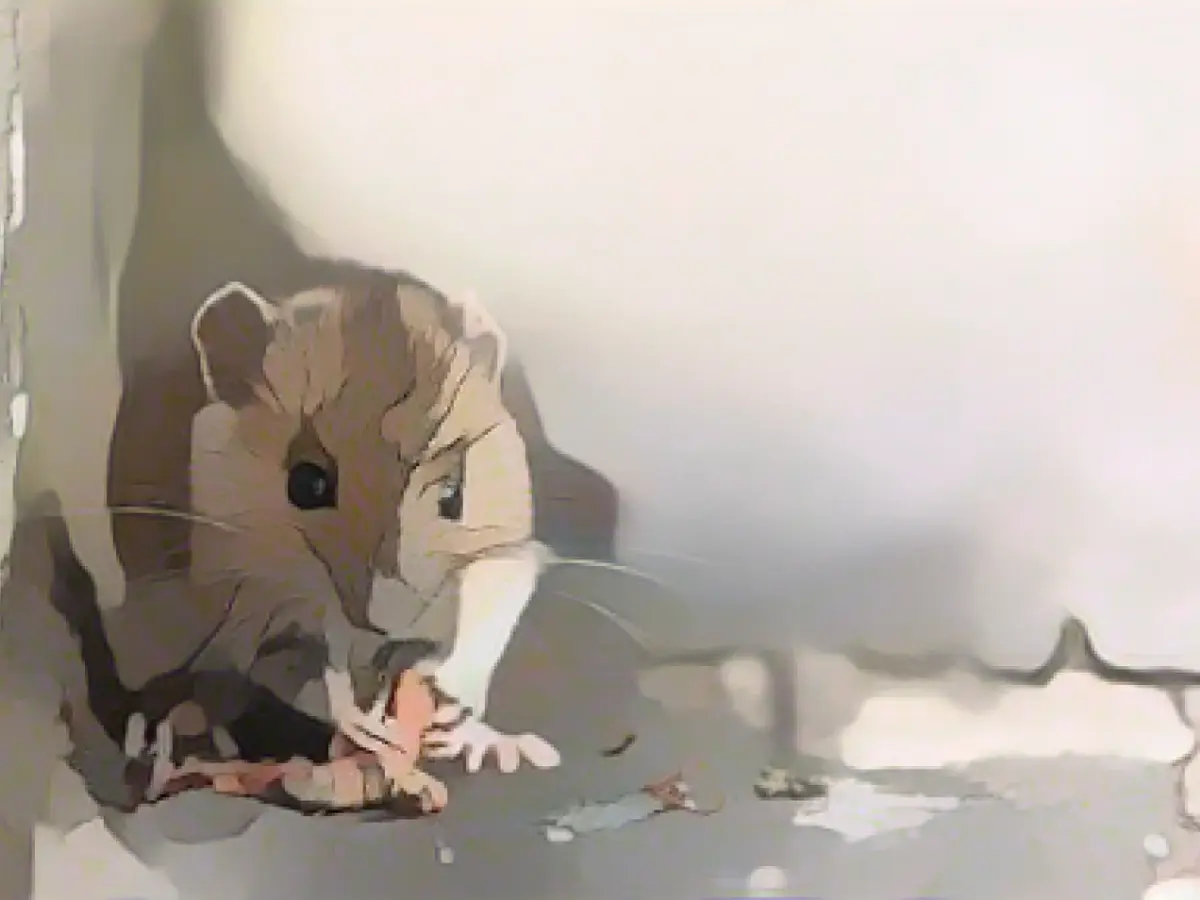In the lively city of Hamburg, there's been a noticeable rise in mouse sightings, leading some to believe an unprecedented mouse invasion is underway. However, local pest control experts, as reported by the Institute for Hygiene and Environment - part of the environmental authority, haven't detected a remarkable surge in these rodent encounters. This institute warns of the rapid reproduction pace and growing resistance of mice to poisons, making eradication a complex task, particularly in old buildings with hidden nests and streets close to restaurants.
While there are more mice spotted, Hamburg hasn't seen a substantial increase in hantavirus instances. Specialists from the Infectious Diseases Epidemiology Center affirm that such infections are incredibly uncommon in the city, and the few reported cases are often contracted elsewhere. Despite the three hantavirus occurrences reported in Hamburg this year, this is still significantly fewer than the one to six cases documented annually in the past.
Reproduction speed, poison resistance, and urban favorable conditions aren't the only challenges in managing Hamburg's mouse population. Mice prefer nesting in old structures with porous areas and benefit from food sources nearby restaurants. Areas like Eppendorf in Hamburg, as well as St. George and St. Pauli, have high concentrations of these conditions, contributing to the mice's widespread presence.
Research into animal diseases like hantavirus is vital for deciphering transmission pathways and developing preventative measures. Although no substantial correlation between Hamburg's rising mouse population and hantavirus instances has been established, comprehensive understanding of both areas is essential for improving public health and hygiene.
Historically, rodents have developed resistance to poisons humans have used to exterminate them for centuries. Urban environments, with their abundant food sources, shelter, and lack of natural predators, create favorable conditions for increased rodent populations. This can heighten the risk of disease transmission, such as hantavirus. Effective mouse population control requires a combination of methods, including humane trapping, targeted poison usage, exclusion, and educating the public on preventing infestations and handling potential hantavirus exposure.
The specific data on hantavirus instances in Hamburg isn't provided in the cited sources. Detailed information on hantavirus cases in Hamburg can be found in local health reports or epidemiological studies tailored to the region.






